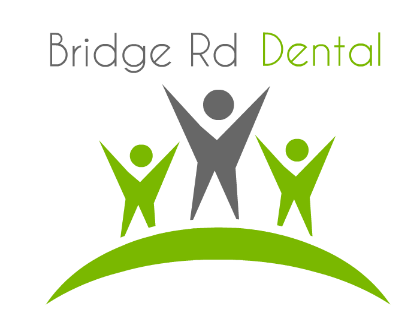What are the Different Stages of Gum Disease?
 Gum disease, also known as periodontal disease, is a common condition that affects the gums and can progress through several stages if left untreated. Each stage varies in severity and complexity, requiring different treatment approaches.
Gum disease, also known as periodontal disease, is a common condition that affects the gums and can progress through several stages if left untreated. Each stage varies in severity and complexity, requiring different treatment approaches.
At Bridge Rd Dental, we have years of experience helping people just like you get the appropriate care you need for their condition.
Common Causes
- Gingivitis: This is the earliest stage of gum disease, characterised by red, swollen gums that may bleed easily during brushing or flossing. Gingivitis is usually caused by plaque buildup on the teeth and can often be reversed with good oral hygiene and professional cleanings.
- Early Periodontitis: At this stage, the inflammation worsens, and there may be a slight loss of bone that supports the teeth. Symptoms include persistent bad breath, increased gum recession, and more noticeable bleeding during brushing or flossing.
- Moderate Periodontitis: As the disease progresses, more significant bone loss occurs, and the pockets around the teeth deepen. Symptoms include increased gum recession, potential tooth mobility, and more pronounced bad breath.
- Advanced Periodontitis: This is the most severe stage of gum disease, characterised by severe bone loss, deep periodontal pockets, significant gum recession, and loose or shifting teeth. Pus may also form between the teeth and gums, indicating an infection.
Potential Consequences of Untreated Gum Disease
If gum disease is left untreated, it can lead to several serious consequences that can affect both oral and overall health:
- Tooth Loss: Progressive destruction of bone and gum tissue can cause teeth to become loose and eventually fall out or require extraction.
- Abscess Formation: Infections in periodontal pockets can lead to the formation of painful abscesses, requiring urgent medical attention.
- Receding Gums: Chronic inflammation can cause gums to recede, exposing tooth roots and increasing sensitivity to hot and cold.
- Chronic Bad Breath: Persistent bad breath can result from the buildup of bacteria and the presence of deep periodontal pockets.
- Aesthetic and Functional Impairments: Receding gums, tooth loss, and shifting teeth can affect the appearance and functionality of the mouth, impacting speech and the ability to chew properly.
Preventing and Managing Gum Disease
To prevent and manage gum disease, it is essential to practice good oral hygiene and seek regular dental care:
- Brush and Floss Regularly: Brushing and flossing help remove plaque and food particles, reducing the risk of gum disease.
- Regular Dental Checkups: Regular visits to the dentist for checkups and cleanings are crucial for detecting and treating gum disease in its early stages.
- Healthy Diet: A balanced diet that supports overall health can also promote healthy gums. Avoiding excessive sugar and acidic foods can help reduce plaque buildup.
- Quit Smoking: Smoking is a significant risk factor for gum disease. Quitting smoking can greatly improve gum health and overall well-being.
By understanding the stages of gum disease and taking proactive steps to prevent and manage it, you can maintain healthy gums and a beautiful smile.
Do you suspect gum disease? Book a visit with our team today-we’re here to help!
CONTACT US
